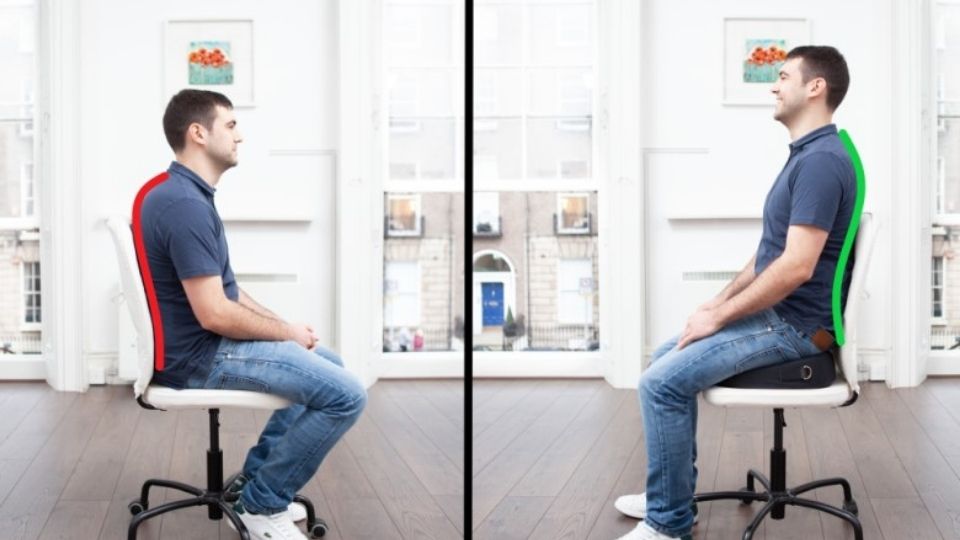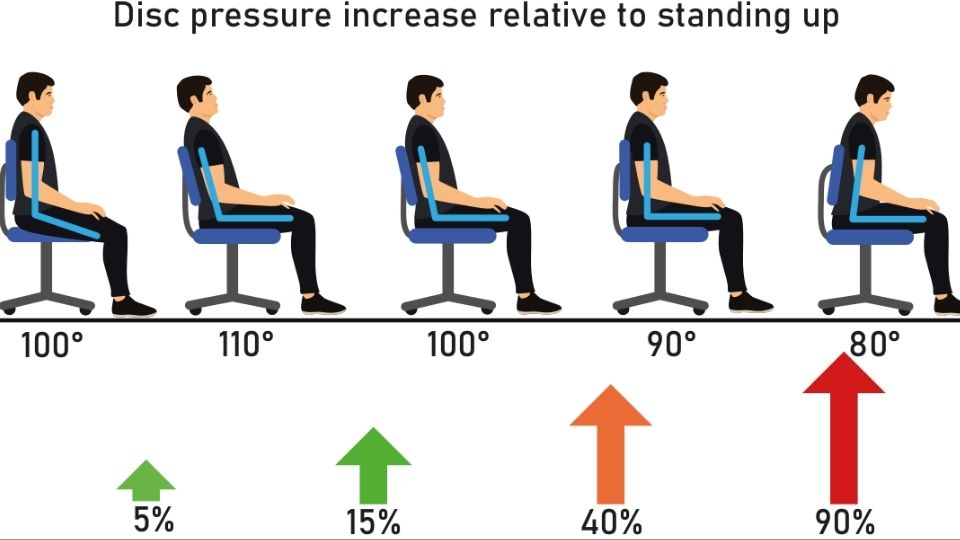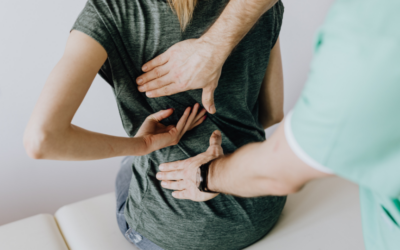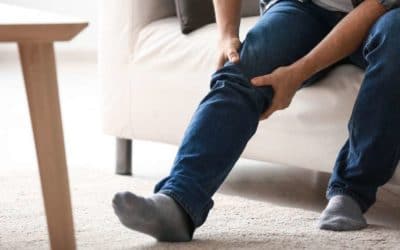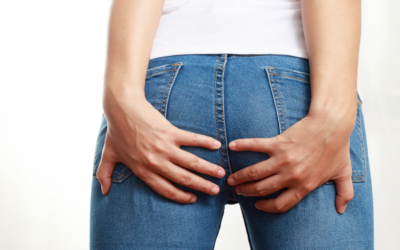Best Sitting Position for Digestion
By improving your posture, you can improve digestion. Sitting or standing up requires your muscles and bones to adjust quickly to new positions. It takes longer for some parts of our body to do their job if we don’t maintain good posture while standing or sitting, such as digestion when we slouch.
As a general rule, the best sitting position for digestion is to sit as far back as possible on your seat. Make sure your feet are flat against the floor and that you are sitting up high enough so that you are not slouching. Your legs should not be crossed.
Not sitting in a healthy posture when eating can really slow your digestion down. Since I have worked as a chiropractor, ergonomic advisor, and ergonomic designer, I have encountered ways to help patients find comfortable eating and drinking positions.
Working professionals tend to spend most of their week sitting down. During a typical day, you spend about 13 hours sitting down. In other words, your intestines are in a constricted space for about half of the time every day. My goal is to review some research-based best practices on how to sit to make eating more comfortable.
Why Posture Is Important for Digestion
Sitting up straight is the easiest way to keep your digestion healthy and operating optimally. Your stomach and intestinal walls should contract through a series of coordinated movements called peristalsis, but when you slouch or take any other position that isn’t sitting up straight it nearly grinds to a complete halt.
When you slouch, the food in your digestive system can’t circulate properly. This means that it will start to decompose and those acids will become more concentrated which causes a lot of pain for people with acid reflux or ulcers. We are all experiencing this when there is not much room left in our abdominal area due to too much pressure.
In addition, your nervous system is accountable for regulating every aspect of your body, including your digestive system. Your stomach and intestines are in communication by a series of nerves that branch off the bottom of your spinal cord. Signals are sent between parts of the body by nerves, which are also essential for digestion, the passage of food through the intestinal tract, and the digestion of food.
Poor posture when eating can put pressure on your spine, which may affect how nerves function. A misaligned spine can result in bones pressing against nerves and pinching them. This will cause organs in your body to malfunction because of heartburn, digestive problems, and gas pains. The bottom line is that a poor diet combined with improper sitting habits could make you sick!
Is Sitting Bad for Digestion?
In order to function optimally, the human body needs to be on the move. I highlighted in my book Rethinking Posture in the Modern World that sitting too long can cause a wide range of health problems but its impact on gut health is more subtle.
The causes are quite straightforward- blood flow reduction and an increase in pressure on your digestive system- but the effects can be devastating:
-
- constipation which may lead to hemorrhoids
-
- After prolonged periods of sitting, stomach acid leaks into the intestines, causing diarrhea
-
- Eating is painful due to food not being moved far enough down the esophagus before being swallowed since the diaphragm is not pushing it down as efficiently as before.
Blood Flow Decreased
We experience slowed blood flow when we sit improperly for long periods of time, and the gut is just one of many affected systems. Sitting squeezes the organs and inhibits blood flow, as well as hinders bowel movement.
Several digestive health conditions have been associated with inactive behavior, including digestive disease. Inactivity can also cause constipation, which can lead to a number of problems if left untreated. I’ve written a complete hands-on review about why your stomach is flat until you sit down and here are some of the shocking issues that I ran into in this post!
Digestive Pressure Increased
If you are seated incorrectly when eating, you may experience heartburn as pressure on your abdomen will cause your stomach acid to flow into your esophagus. As well as this, the movement of the digestive tract is slowed when you slouch.
Which Posture Should You Do After Eating?
You should refrain from sitting for too long after eating too much food. This is as bad as eating too much. Sitting has the effect of compressing your abdomen which reduces digestion. It is believed that inadequate digestion of food is one leading cause of bloating, gas, and heartburn after eating.
The Best Sitting Position to Eat Food
Poor posture can be easily corrected. To reduce pressure on the abdominal area, it is important to adjust the angle of your seat. For most people, the front of the hips should be higher than the knees, which can help to reduce pressure and promote better circulation. Additionally, it is important to ensure that your knees are positioned directly over your ankles, which can help to promote better posture and comfort.
Contrary to popular belief, sitting in an upright position can actually increase abdominal pressure. However, this can be reduced by adjusting the posture and angle of your seat. This can be done by increasing the ratio of the trunk to the thigh, which will result in a forward tilt of the pelvis and decrease pressure on the pelvic floor muscles, promoting a more relaxed and comfortable posture. I explain this concept on a TV show HERE!
When my patients suffer from digestive discomfort while seated, using a seat wedge cushion is often an effective way to manage the problem. These specialized cushions are designed with ergonomic features that provide comfort and support in order to reduce abdominal pressure, which can have a direct impact on improving digestion.
The shape of the cushion is designed to support the lower back while also creating an elevated angle at the hips, which encourages better posture and makes it easier for the body to properly digest food. Additionally, this type of cushion is made of materials that allow air to flow through them so that heat buildup does not occur. This helps keep the user’s temperature more regulated for increased comfort and further contributes to digestion.
Furthermore, some people find that these cushions improve their overall productivity when seated for extended periods because they help promote healthy posture and keep them comfortable as well.
Best Seat Cushion for DigestionDoctor's Recommendation
Black Friday Offer!
Get 35% off Orthopedic Seat Cushion
Product DetailsResearch-based Design
Recommended ForBack Discomfort
Video Guide
Video Guide
I was surprised how similar cheap memory foam seat cushions were on Aliexpress from the listing on Amazon!
Takeaway
If you want to improve digestion, maintaining good posture is a great place to start. The next time you have an important meeting or presentation and don’t feel like sitting at the conference table all day, try using one of these standing desks instead.
If you are into super easy and inexpensive alternatives to office chairs, I wrote a fantastic article on how and why you should consider these options for back pain and I encourage you to read it!
It’s also possible that your office chair isn’t ergonomically correct – which could be affecting how well your digestive system functions. I’ve compiled some helpful information on different types of chairs available as well as what makes them better than others in terms of supporting healthy digestion. For more useful guidance about ergonomic products visit my blog today!
References:
- Yamada, M., Sekine, M. and Tatsuse, T., 2017. Lifestyle and bowel movements in school children: results from the Toyama Birth Cohort Study. Pediatrics International, 59(5), pp.604-613.
- Sonnenberg, A. and Koch, T.R., 1989. Physician visits in the United States for constipation: 1958 to 1986. Digestive diseases and sciences, 34(4), pp.606-611.
- Gaskin, C.J., Craike, M., Mohebbi, M., Salmon, J., Courneya, K.S., Broadbent, S. and Livingston, P.M., 2016. Associations of objectively measured moderate-to-vigorous physical activity and sedentary behavior with quality of life and psychological well-being in prostate cancer survivors. Cancer Causes & Control, 27(9), pp.1093-1103.
- Fowkes, F.G.R., Lee, A.J., Evans, C.J., Allan, P.L., Bradbury, A.W. and Ruckley, C.V., 2001. Lifestyle risk factors for lower limb venous reflux in the general population: Edinburgh Vein Study. International journal of epidemiology, 30(4), pp.846-852.




